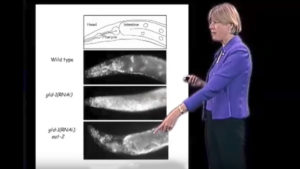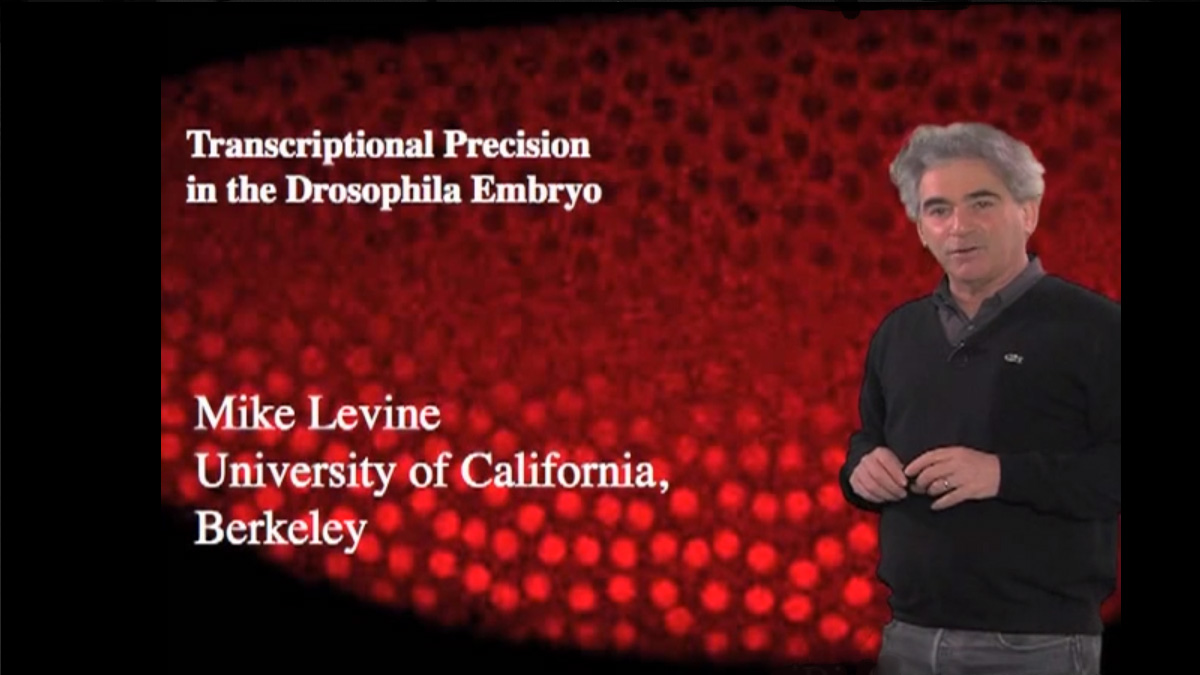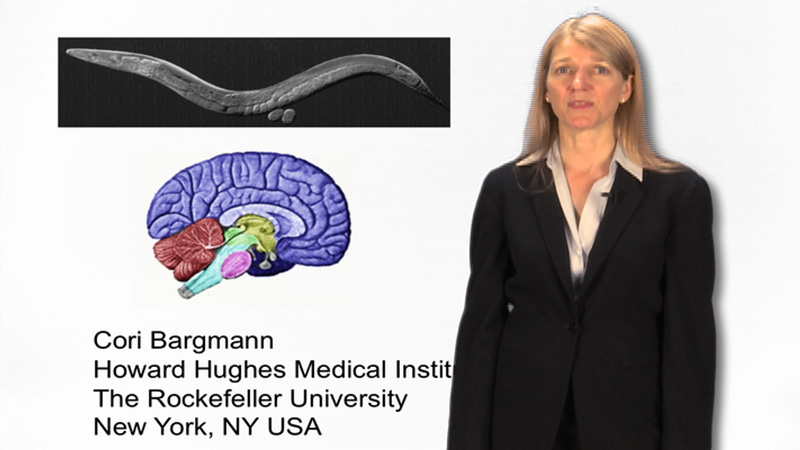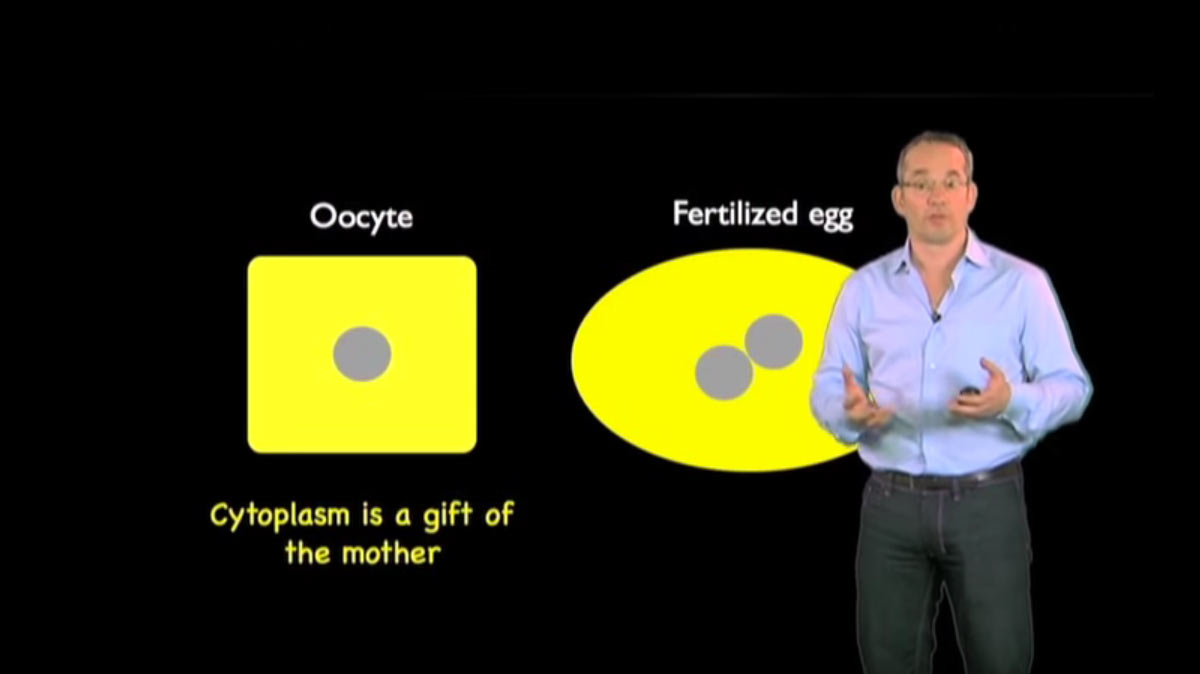Talk Overview
Once it was thought that aging was just a random and haphazard process. Instead, the rate of aging turns out to be subject to regulation by transcription factors that respond to hormones and other signals. In the nematode C. elegans, in which many key discoveries about aging were first made, the aging process is subject to regulation by food intake, sensory perception, and signals from the reproductive system. Changing aging genes can lengthen lifespan by six fold, and can also delay age-related disease, such as the growth of tumors.
Speaker Bio
Cynthia Kenyon

Cynthia Kenyon graduated valedictorian in chemistry and biochemistry from the University of Georgia in 1976. She received her PhD from MIT in 1981, where, in Graham Walker’s laboratory, she was the first to look for genes on the basis of their expression profiles, discovering that DNA damaging agents activate a battery of DNA repair genes… Continue Reading











Christopher Manley says
Hello I am looking for a procedure and materials list for the lifespan altering experiment with C. eleagans. I will be trying recreating this experiment for a undergraduate research project any help will be greatly appretiated
Pedro Luiz Maciel Caetano says
Your class is amazing. Once a teacher told me that a scientist is like a salesman, and you sold your idea very good! Congratulations